Orthodontics
–
–
Fixed appliances are the most common type of orthodontic treatment. They straighten their teeth and generally achieve the best possible improvement in the smile. They can be used either after or at the same time as removable braces. We tend to find that a lot of patients benefit from more than one type of brace although most will have fixed braces.
A thin arch-wire is fitted to link up all the brackets. Because the teeth are irregular, the wire has to bend up and down or in and out between the teeth. The wire has perfect shape memory and will gradually return to its original shape, bringing the teeth with it. As treatment progresses, larger size wires and other materials are used. At this time, tiny springs and elastics help to guide the teeth.
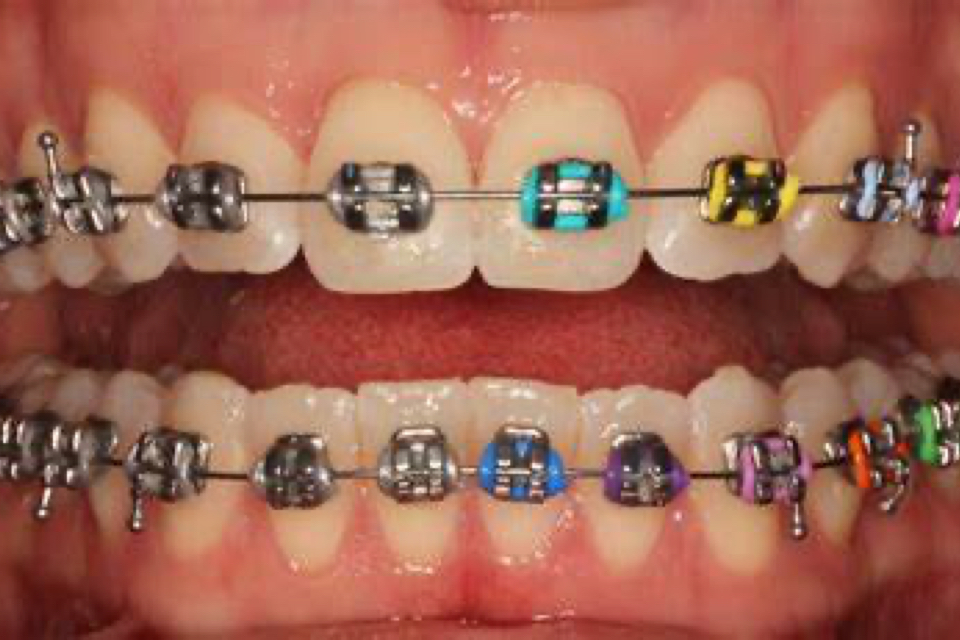
These are the most common types of fixed appliances. They are small metal brackets that are attached to each individual tooth with a metal wire running through them. This system allows for full and precise movement of the teeth. They tend to work the fastest and can be customised with coloured elastics.
The key features and benefits of metal braces are:
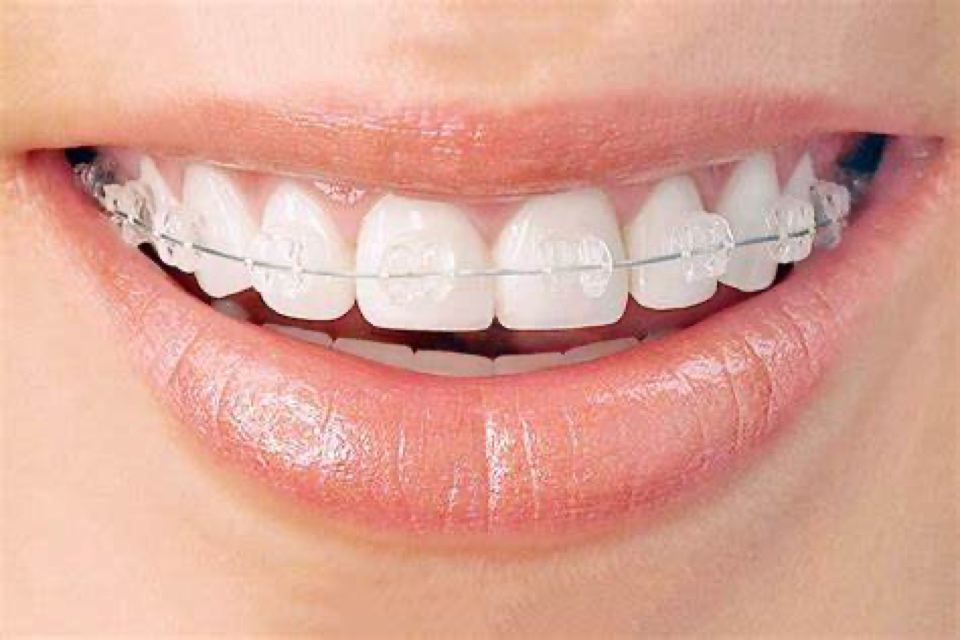
These appliances are often favoured by people that are keen to have less visible fixed appliances. Although they tend to work more slowly than metal braces due to the difference in material between brackets and wires, they are more discreet than their metal counterparts. Our ceramic system includes resistance to heavily staining foods and drinks so you can eat and drink more freely during treatment without worrying about staining your braces.
The key features and benefits of ceramic braces are:
Fixed appliances may not be the only treatment needed to give the best results in orthodontic treatment. Removable appliances offer a range of options that fixed appliances alone can’t achieve. They can be easily removed at any time.
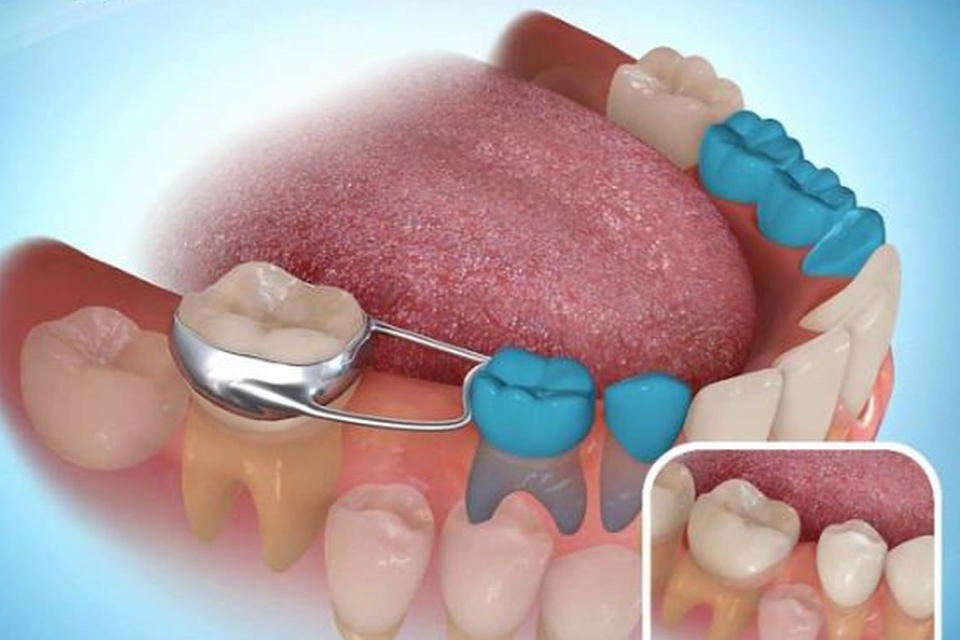
These are often used for kids suffering from premature tooth loss. When there are gaps in the teeth of a child, the other teeth can change position and block the space by which permanent teeth would have erupted. This can lead to the misalignment of the upper and lower sets of the teeth. Space maintainers can help prevent this from happening.
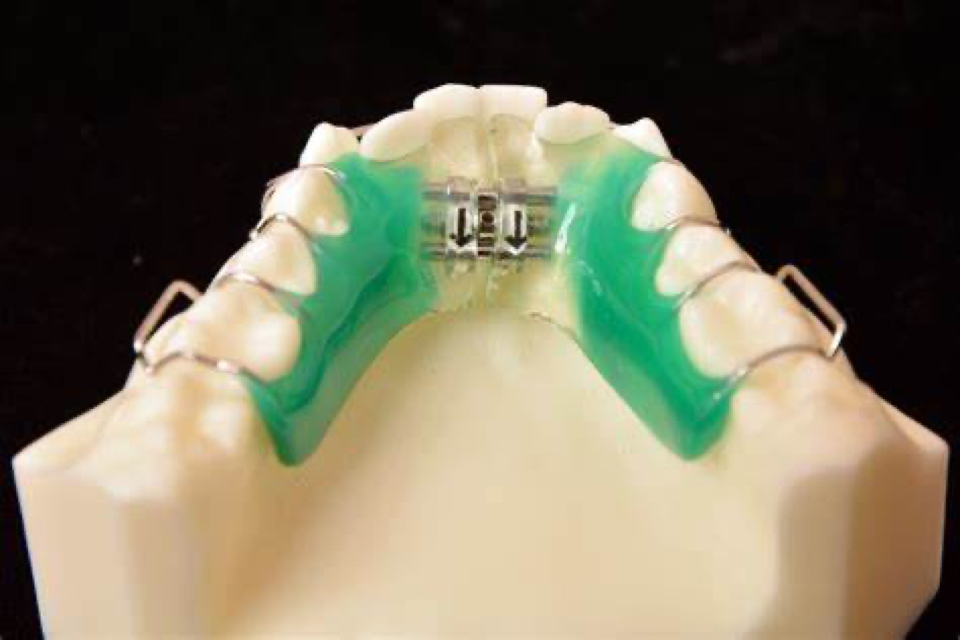
They are also removable appliances that can click into the mouth around the teeth. Patients who have narrower jaws are more likely to have crowded teeth. They can use palatal expanders to create space for the upper teeth. When worn, they are gradually adjusted in the mouth to encourage the jaw to grow and create more space. These adjustments can cause a feeling of gentle pressure on the upper molars but this returns to normal soon afterwards.
The timing of this intervention needs to be planned carefully. Some older kids may need fixed appliances, while for others, the removable is enough to fix misalignment problems. In more advances crowding cases we often use a combination of palatal expanders followed by fixed appliances. They are generally worn for several months and we monitor the progress over this time.
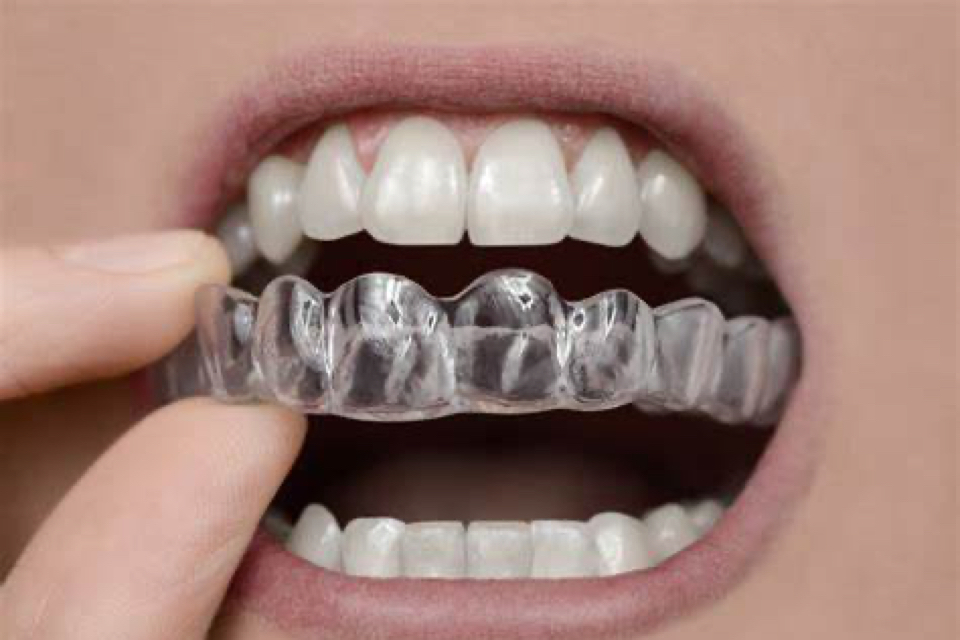
Removable retainers are generally worn by patients to maintain straightened teeth after the removal of their braces. They are thin clear covers for the teeth that are easy to remove, and fix back in place. They are generally worn at night. We also make retainers to help prevent future tooth movement where we are happy with the current tooth position but concerned that the teeth may move in future. We will advise you when to wear the retainers and how to look after them.
Wearing retainers is a key part of the success of orthodontic treatment and failure to wear the retainers is the main reason orthodontic treatment fails as the teeth can move again after the treatment. We can also use fixed type of retainer to help prevent this from happening.